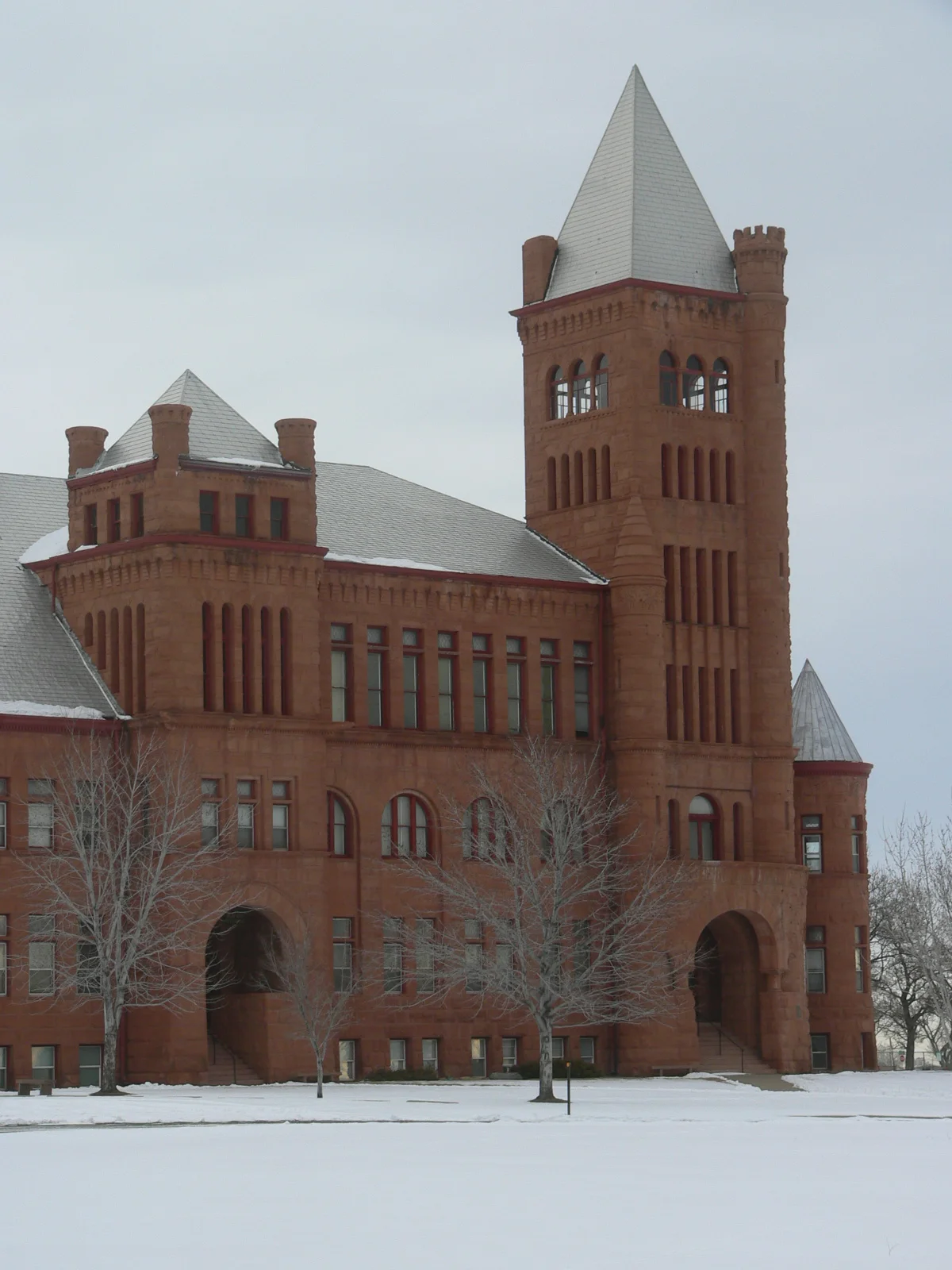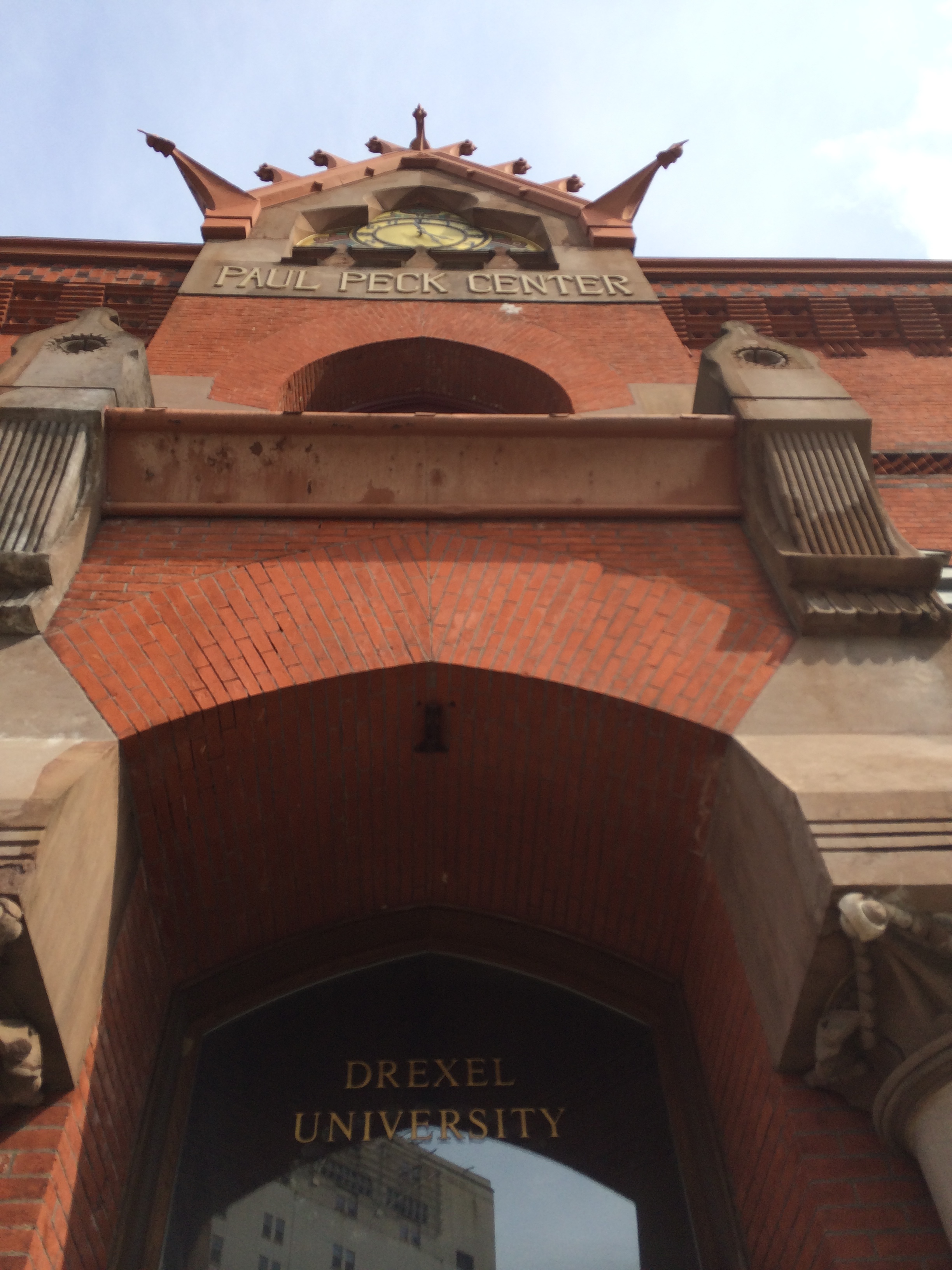On the east side of US36 that runs between Boulder and Denver, is a large, hulking building that you can just see above the suburban sprawl of car lots and muffler shops
Frank Furness, Philadelphia
the simplest building
Colfax Avenue, signs of western journey
Boulder 2014 Structures of Merit - some of the best of the 1960's
As Chair of Boulder's Landmarks Board, I have been heading up an effort to engender greater appreciation and recognition of some of Boulder's remarkable 1960's architecture.
Boulder really flowered in this decade as a number of new, high tech industries moved to town and the overall prosperity lead to a explosive building boom. On the scene were a number of talented architects that, along with their clients, embraced the future and created buildings that were unconventional and intriguingly creative.
The City of Boulder had as a part of the Preservation Program an arm called the Structures of Merit. Many years ago this was a kind of preservation-lite that entailed some limited protection from demolition of designated buildings. The program's restriction were removed and the Structures of Merit designation became purely honorary, with no limitations on potential building changes or demolitions. As the teeth were taken out of the program it was largely abandoned.
Last year in an effort to raise awareness of architecture of the recent past, the Landmarks Board decided to revive the Structures of Merit program as a kind of architectural awards. The buildings shown here are the first crop of this renaissance of the Structures of Merit Program.
These buildings will be designated this year with the support of their current owners and I hope this is the first step in extended the range of the Landmarks Board from a Bureacracy-of-No to one of more inclusion, greater outreach and better community partnership.
From top to bottom:
Boulder Eye Clinic, by Charles Haertling
Thron House, by Hobart Wagner
Kahn House, by Charles Haertling
Brenton House, by Charles Haertling
Sirotkin House, by Tician Papachristou
Willard House, by Charles Haertling
Boulder Modern - talk by Mark Gerwing, local architect
I am giving a public talk on February 19th on a brief history of Modern Architecture in Boulder at the public library Canyon Theater. I have given a version of this talk in the past, with emphasis on preservation of the recent past. This time around I have rewritten the focus of the talk to present the work of some of Boulder earliest Modernist architects as a harbinger of the growth of a regionalist style.
Kenneth Frampton presciently set forth the idea of a type of critical regionalism that he felt would become one of the dominant paradigms for architecture as far back as the early 1980's. I am certainly no academic scholar, but it is abundantly clear to me that a majority of the most interesting architecture produced over the last three decades in this country has come out of far-flung offices that embody Frampton's notion of Critical Regionalism. Even a very cursory glance at the work of Will Bruder and Rick Joy down the southwest or Clark and Menefee and the late Sam Mockbee in the South reveals architectural practices that have extended the lessons of classic Modernism and have imbued them with the local vernacular architecture as well as very particular regional concerns. In fact, most regions of the country have developed just this kind of very place specific architecture that consistently produce the most interesting work, albeit not the most breathlessly praised trends of the architectural press.
However, all that being said, it has seemed curious to me that the Rocky Mountain West does not seemed to have produced similarly informed, critical practices that have coalesced into a critical mass that could be seen as a regionalist style or approach. At least not in the present tense.
Boulder, Colorado, nestled against the Front Range, was a sleepy little college town with its founding based in mining and agriculture. It was not that dissimilar from many similarly situated little cities, from Missoula, Montana to Ft. Collins and Colorado Springs, Colorado, south to Albuquerque. From 1950 to 1970 however, radical transforms in population, transportation, local technology and an unprecendented growth building spree, allowed for a flourishing architectural culture that I believe was the avant garde of a nascent Mountain West critical regional style.
All of that is a very long introduction to what I hope will be a more brief, and certainly more entertaining talk. Of particular interest to me is trying to place some remarkable buildings within their cultural context, from sox hops to the sexual revolution, in this time of great national and international upheaval - changes both frightening and thrilling. If nothing else, I will be showing some pictures of some really cool buildings.















